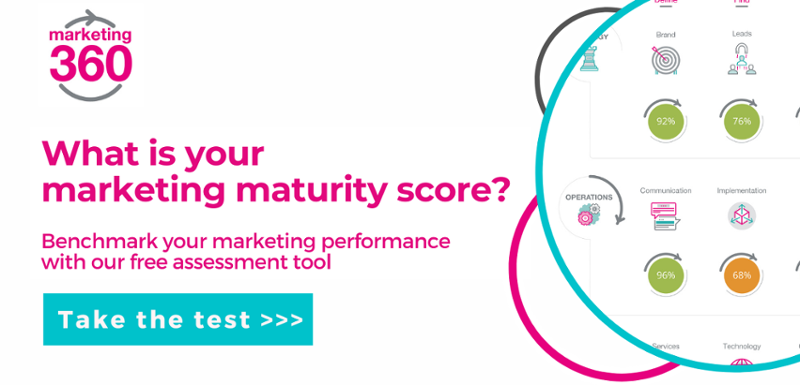Our Marketing 360 Assessment has found that there are three aspects of marketing that UK SME owners struggle with the most: marketing metrics, generating leads and executing marketing plans. In this post, we’ll focus on the third challenge: making the right marketing plans and implementing them effectively.
We recently spoke with Fiona Bowyer, one of our Part-Time Marketing Directors, to understand how she helped her client to tackle a few core marketing challenges that, if not addressed, could undermine the impact and effectiveness of their marketing plan.
By addressing the company’s branding, website and tech stack, she managed to triple the number of monthly leads from the company’s website and switch the lead generation focus from outbound to inbound.
Background
Fiona Bowyer began working with this company, one of the UK’s leading industrial logistics providers, in March 2020.
“I have a background in manufacturing, especially consumer durable products,” Fiona says. “It suits me well because I’m very much product-oriented.”
Fiona had been bought in to generate leads. But she soon realised that there were more fundamental issues that needed addressing first. Here are the steps Fiona took to fix it.
Defined the problem
“Lead generation was my initial brief, but when I held my marketing workshop it became obvious that there were other jobs to be done,” Fiona says.
The company wasn’t able to measure its marketing performance or track leads through the marketing funnel. The branding was also outdated and the website wasn’t converting visitors.
“Nobody could actually put their finger on which leads had turned into business,” she says. “It was more gut instinct rather than clear knowledge as to what had been won and what the value of those projects was.”
So she made a new marketing plan that convinced the team to address these problems to create a more sophisticated and effective marketing and sales process.
B2B Lead Generation: Step-by-Step Guide
Get our complete guide to generating, nurturing and converting leads.
Put the right technology, people and skills in place
Before Fiona started working with the business, staff would input marketing and sales data into spreadsheets to be held in a central location. Yet the two offices—one in Liverpool and the other in the Netherlands — used different servers, meaning there could be no central record of sales and marketing performance.
Fiona suggested they install a modern, unified CRM (customer relationship management) system.
“They knew that CRM was a technology requirement for the future but as a consequence of the work I'd done with the business, they decided to pull that activity forward by at least 12 months to make sure they could understand and measure what they were doing,” Fiona said.
Once the CRM was installed, she trained the sales team and marketing manager to use it, and set about linking the marketing activity directly into the CRM so that lead capture from the website went straight into the system.
“We can now follow all our leads,” Fiona says. “We know what the source of those leads is, and we're able to measure from lead to opportunity, and from opportunity to win. We can see what leads are going to move quickly through the funnel and which are slower.”
Refreshed their branding
There were also issues around the company’s branding. It was outdated, didn’t feel professional and was being used inconsistently.
Fiona commissioned a branding agency to develop a new logo, as well as guidelines around tone of voice and clarity of the language being used on the site.
“The way we talk about what we do is more customer-centric. We can bring people into the site now from different industry sectors and educate them on how we can help,” Fiona says.
Updated the company’s website
With a more modern CRM and updated brand in place, they were ready to update their website so that leads could be generated and bought into the funnel more effectively.
“We wanted the website to work as hard as it could,” she said. “We added new content sections so that people landing on the site that might not be familiar with our products would be able to navigate it and feel comfortable that they were in the right place.”
Not only that, but having previously had only one capture form on the whole site, they added lead capture forms to every website page. The results were quick to make themselves apparent.
“We were averaging nine leads per month on the old website,” says Fiona. “On the new website I'm currently achieving 29 leads per month.”
The company already knew itself to be a market leader, but it realised that the development of certain areas of the business had been overlooked. By updating the brand, installing a new CRM and focusing on the content, tone and accessibility of the website, Fiona more than tripled the amount of leads coming through the website each month.
Understand your marketing strengths and weaknesses
Are you wondering where you should focus your marketing efforts?
Take 10 minutes to understand your marketing performance and identify areas to prioritise with our Marketing 360 Assessment.
You’ll get a detailed report breaking down your performance, full of personalised advice to help you improve any areas where you’re struggling. We also offer a free consultation to help you interpret your results and turn them into an action plan.
Click here to get your Marketing Maturity Score.





